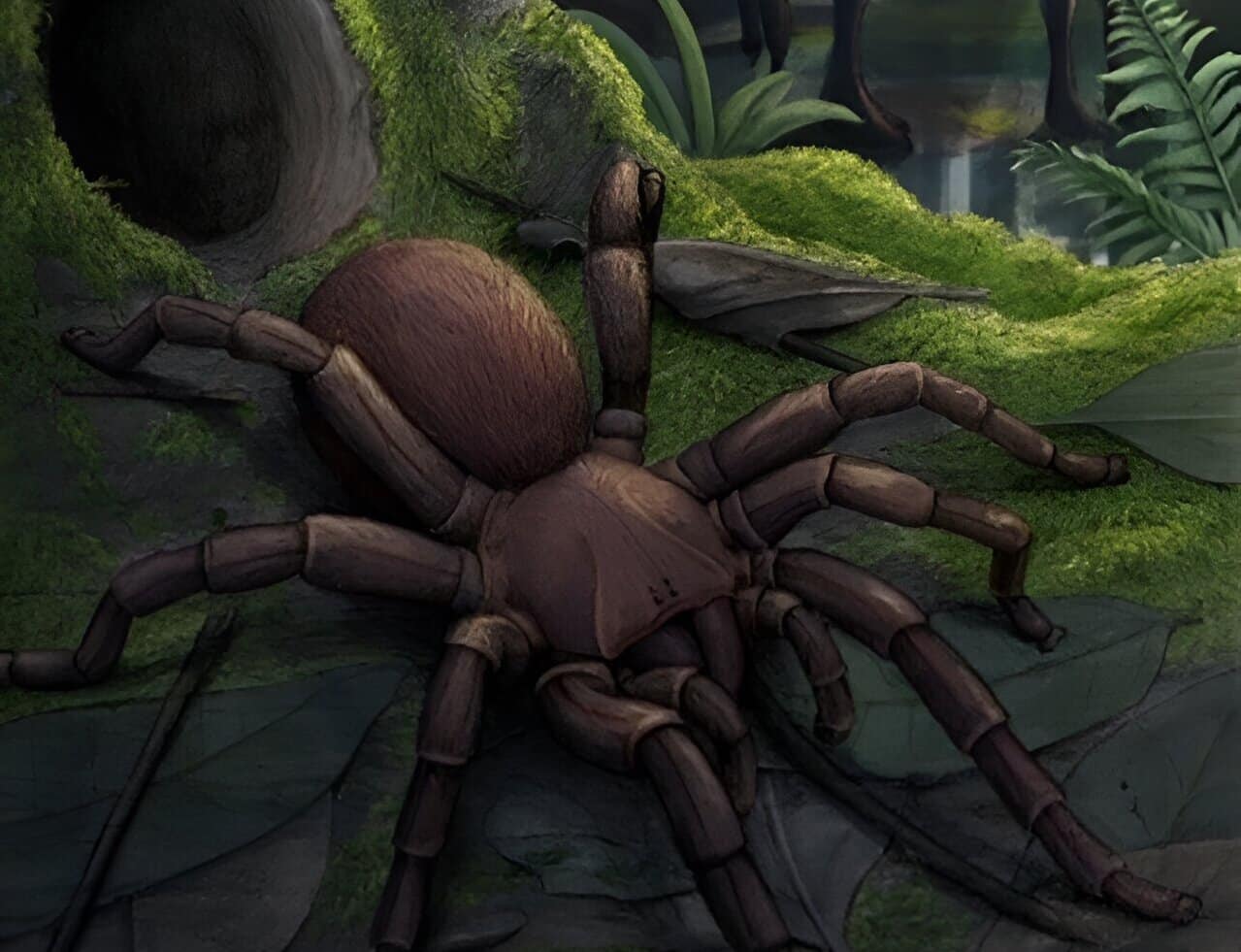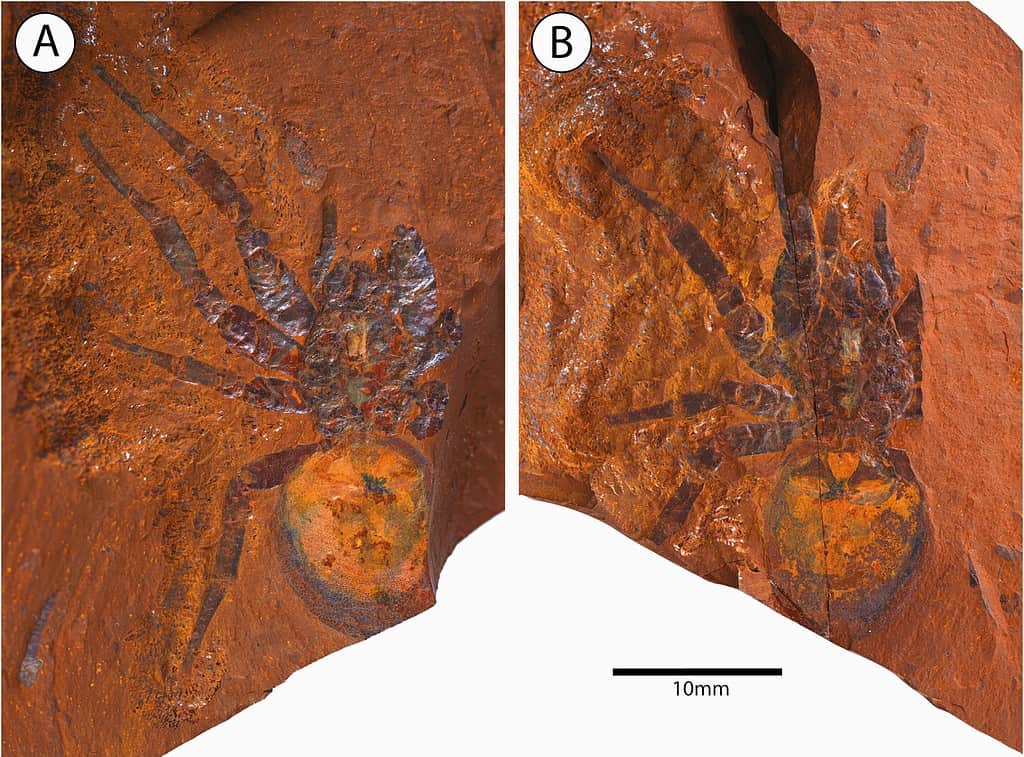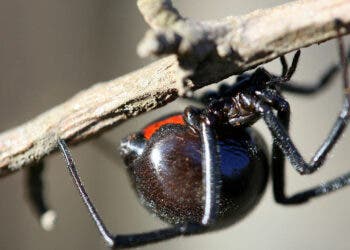A team of scientists has named and described a new fossil spider species that lived between 11 and 16 million years ago in what is now Australia. The spider, named Megamonodontium mccluskyi, was found at the McGraths Flat in New South Wales, a popular fossil site. It’s the first-ever spider fossil found in the Barychelidae family.

Fossils of spiders are extremely rare in Australia — and they’re not that common in other parts of the world, either.
Soft-bodied creatures like spiders do not often fossilize. Usually, it is hard structures like bone that readily fossilize, so special conditions are needed to preserve a spider. Many of them are found encased in amber after getting stuck in tree resin, from which larger spiders would more easily be able to escape. This has made it particularly difficult for scientists to understand their evolutionary history, the researchers said.
“That is why this discovery is so significant, it reveals new information about the extinction of spiders and fills a gap in our understanding of the past,” Simon McClusky, the researcher who found the specimen, said in a news release. McClusky is a geospatial scientist who volunteers on paleontological excavations.
The closest living relative of this fossil lives in wet forests in Singapore and Papua New Guinea, McClusky said. This suggests that the newly found Megamonodontium mccluskyi spider would have lived in similar environments in mainland Australia but eventually became extinct as Australia shifted to having much drier weather.
An impressive spider
The McGraths Flat in Australia, the fossil bed in Australia where the new species was found, dates from the middle of the Miocene epoch — 11 to 16 million years ago. The site has very well-preserved specimens, including plants, insects, vertebrates, microfossils and now this spider. It’s also known for its iron-rich rock called “goethite.”

In their study, the researchers used an advanced stacking microphotography method to inspect and scan the fossil. This revealed minute details of the claws and hair-like structures on the spider’s body and legs called setae. The fossil suggests a strong resemblance to the genus Monodontium, known as brush-footed trapdoor spiders.
It’s the first discovery of a fossil from the Barychelidae family. This spider family is known for its burrowing activity and can be found all over the world. Megamonodontium mccluskyi measures just a centimeter. This is small by modern standards, but larger than the other fossil spiders so far found.
“Not only is it the largest fossilized spider to be found in Australia but it is the first fossil of the family Barychelidae that has been found worldwide,” study author and arachnologist Robert Raven said in a news release. “There are around 300 species of brush-footed trapdoor spiders alive, but they don’t seem to become fossils often.”
The study was published in the Zoological Journal of the Linnean Society.






